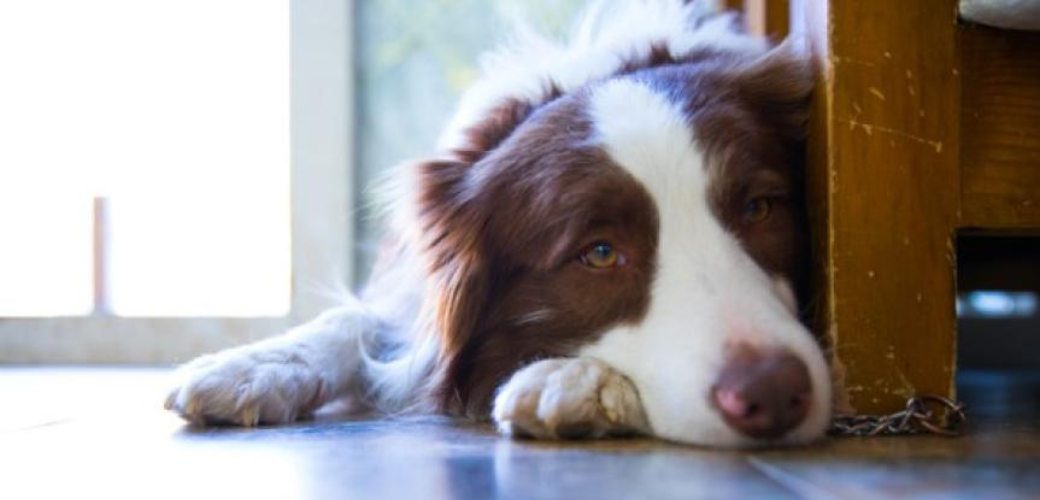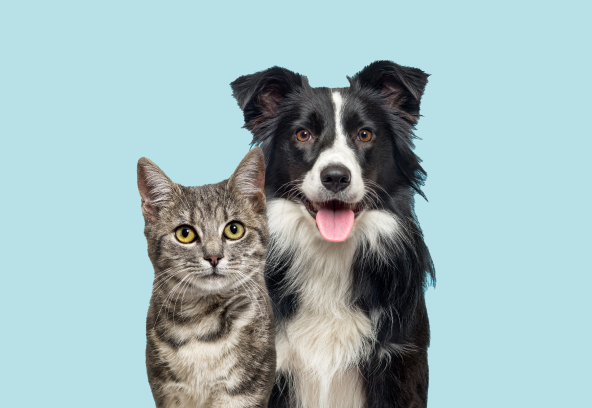
Tell-tale anxiety signs

Pets, just like humans, can experience anxiety. Identifying the signs is essential for their well-being…
Pets, just like humans, can experience anxiety. Identifying the signs of anxiety in your pet is essential for their well-being. Here are some of the tell-tale signs that your pet may be suffering.
Excessive Panting or Drooling
Dogs may pant or drool excessively when they are anxious. This can be a clear indicator that something is causing them distress or unease.
Trembling or Shaking
Shivering or shaking, especially when there's no apparent reason such as being cold or scared, can be a sign of anxiety in both dogs and cats.
Excessive Barking or Meowing
If your pet starts barking or meowing more than usual, particularly in response to common triggers like visitors or loud noises, it could be a sign of anxiety. They may be seeking attention or trying to communicate their discomfort.
Destructive Behaviour
Anxious pets may resort to destructive behaviours, such as chewing furniture, scratching doors or walls, or digging excessively. These actions can be an outlet for their anxiety and a way to cope with their stress.
Changes in Appetite
Anxiety can affect a pet's appetite. Some animals may eat less or refuse food, while others may overeat or engage in binge eating. These changes in eating habits can be a reflection of their emotional state.
Avoidance or Hiding
Pets dealing with anxiety may try to escape from the source of their distress. They may hide in secluded areas of the house or avoid contact with family members or other animals.
Restlessness or Pacing
If you notice your pet excessively pacing, unable to settle down, or constantly on the move, it could be a sign of anxiety. They may seem agitated or restless, unable to relax.
Changes in Bathroom Habits
Anxiety can manifest in changes in bathroom habits. For instance, a house-trained pet may start having accidents indoors, or a cat may develop a litter box aversion due to anxiety-related stress.
Excessive Grooming
Cats, in particular, may engage in excessive grooming when they're anxious. They may excessively lick, chew, or pull out their fur, leading to bald patches or skin irritation.
Changes in Body Language
Pay attention to your pet's body language. Anxiety may be indicated by flattened ears, a tucked tail, a crouched posture, dilated pupils, or a tense body.
If you observe any of these signs in your pet, it's important to consult your vet as they can help determine if anxiety is the underlying issue and provide guidance on how to manage and alleviate it through behaviour modification techniques, environmental changes, or, in some cases, medication.
A calm and supportive environment, along with professional guidance, can help your anxious pet lead a happier and more comfortable life.

